Table of Contents
Categories
The Role of Hydraulic Rod End Bearings in High-Load Hydraulic Systems

Introduction
Understanding Hydraulic Rod End Bearings
Design and Structure
Hydraulic rod end bearings feature a robust design tailored for the demanding environments of high-load hydraulic systems. Typically, these bearings consist of a housing with a threaded or welded connection for secure attachment to the hydraulic cylinder or actuator. Inside, they incorporate a spherical plain bearing or ball joint mechanism that allows for smooth articulation and movement. The materials used, often high-strength alloy steels or stainless steels, ensure durability and resistance to corrosion under hydraulic fluid exposure and varying operational temperatures. This structural integrity is vital for maintaining alignment and handling the substantial forces exerted during equipment operation, thereby optimizing performance and reliability in industrial applications such as heavy machinery and precision equipment.
Types of Rod End Bearings
Hydraulic rod end bearings come in several types, each suited for specific applications within high-load hydraulic systems. One common type is the spherical rod end bearing, which features a ball enclosed in a housing with a spherical inner ring. This design allows for significant angular misalignment and accommodates varying degrees of movement, making it ideal for applications where flexibility is crucial, such as in construction machinery. Another type is the ball joint rod end bearing, which utilizes a ball within a socket to provide smooth rotation and articulation. These bearings excel in applications requiring precise movement control and minimal friction, such as in industrial robots and automation equipment. Choosing the appropriate type depends on factors like load capacity, alignment requirements, and environmental conditions, ensuring optimal performance and longevity in diverse hydraulic system setups.
High-Load Hydraulic Systems Overview
High-load hydraulic systems are essential for powering heavy machinery and equipment across various industries, characterized by their capability to handle substantial forces and pressures. These systems typically feature hydraulic cylinders, pumps, motors, valves, and actuators working in tandem to generate and control hydraulic power. Applications range from construction equipment like excavators and loaders to industrial machinery such as presses and manufacturing lines.
The primary function of these systems is to convert hydraulic energy into mechanical force, enabling precise movement and operation under extreme loads. Hydraulic cylinders, for instance, exert force through the motion of a piston within a cylinder, powered by pressurized hydraulic fluid. Pumps and motors play pivotal roles in generating and transmitting this fluid power, while valves and actuators regulate and control the direction, pressure, and flow of hydraulic fluid to achieve desired movements and operational sequences. The robust design of high-load hydraulic systems ensures reliability and efficiency in challenging environments, enhancing productivity and safety in demanding industrial applications
The Mechanics of Load Distribution
Load Bearing Capacity
The load-bearing capacity of hydraulic rod end bearings is critical for their performance in high-load hydraulic systems. Several factors influence this capacity, including the bearing’s material, design, and size. High-strength materials such as alloy or stainless steel are often used to ensure durability and resistance to deformation under heavy loads.
The design, particularly the thickness of the bearing housing and the precision of the spherical or ball joint mechanism, also plays a significant role. Properly engineered bearings can distribute forces evenly, reducing stress concentrations and preventing premature wear. Understanding these factors is essential for selecting the right bearings, ensuring they can handle the specific loads and operating conditions of the application, thereby optimizing system performance and longevity.
Stress and Strain Analysis
Stress and strain analysis is vital in understanding how hydraulic rod end bearings handle loads. Stress analysis examines how forces are distributed across the bearing, identifying points of high stress that could lead to failure. Engineers use this analysis to ensure the bearing’s design can evenly distribute loads, minimizing stress concentrations that could cause premature wear or breakage.Strain analysis looks at how the bearing material deforms under these stresses. It measures the extent of deformation, ensuring the material remains within its elastic limit to prevent permanent damage. Together, stress and strain analysis guide the design process, allowing for the selection of materials and geometries that enhance load distribution, improve durability, and extend the lifespan of hydraulic systems in demanding applications. This ensures the bearings can withstand the forces they encounter without compromising performance or safety.
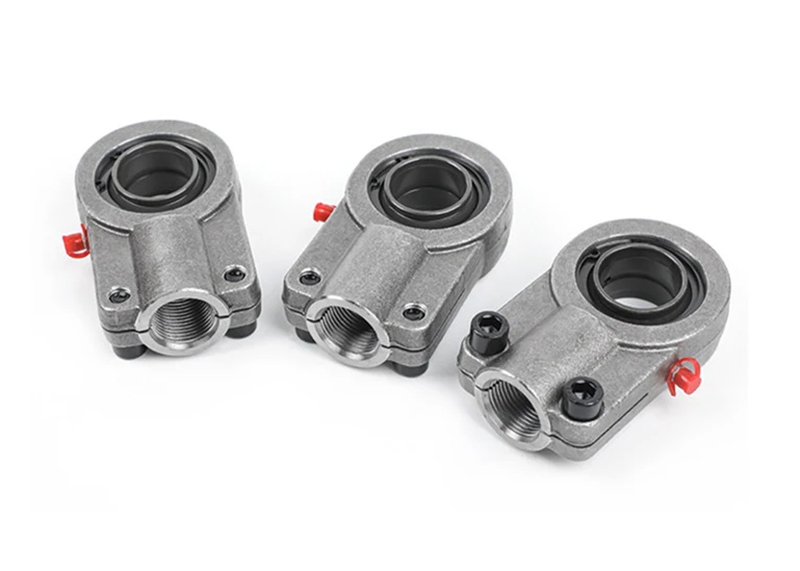
Contribution to System Stability
Vibration Damping
Contribution to system stability through vibration damping is a critical role of hydraulic rod end bearings in high-load hydraulic systems. These bearings help mitigate vibrations generated during equipment operation, which can otherwise lead to reduced precision, increased wear on components, and decreased overall efficiency. By absorbing and dispersing vibrational energy, rod end bearings contribute to smoother operation and improved control, particularly in applications where precise movements are essential, such as in construction machinery and industrial equipment. This damping effect not only enhances operator comfort but also extends the lifespan of the entire hydraulic system by reducing the fatigue that vibrations can induce on components. Engineers consider vibration damping characteristics when selecting rod end bearings, ensuring they complement the system’s overall stability and performance under varying operational conditions.
Alignment and Misalignment Correction
Contribution to system stability through alignment and misalignment correction is another crucial function of hydraulic rod end bearings in high-load hydraulic systems. These bearings are designed to accommodate angular misalignments between connected components, such as hydraulic cylinders and machinery parts. This capability helps to maintain proper alignment even under dynamic conditions, ensuring smooth operation and minimizing wear on components. By effectively correcting misalignments, rod end bearings prevent undue stress and fatigue that could otherwise compromise system performance and longevity. This feature is particularly advantageous in applications where equipment movements are frequent or where environmental factors may affect alignment over time. Engineers prioritize the selection of rod end bearings that offer robust alignment capabilities to enhance overall system stability and reliability in demanding industrial settings.
Enhancing Performance in Construction Machinery
Enhancing performance in construction machinery is a key benefit of using hydraulic rod end bearings in high-load hydraulic systems. In equipment like excavators and loaders, these bearings play a critical role in ensuring reliable and efficient operation under heavy loads. Rod end bearings facilitate smooth articulation and movement, allowing hydraulic cylinders to operate seamlessly even when handling substantial weights. This capability is essential for tasks such as lifting, digging, and material handling, where precise and stable movements are required.
In cranes and lifts, hydraulic rod end bearings contribute to system stability and safety by managing the significant loads and stresses encountered during lifting operations. Their ability to correct misalignments ensures that components remain properly aligned, reducing wear and extending the lifespan of the machinery. This alignment capability also enhances the accuracy and control of the equipment, which is vital for safety and efficiency on construction sites.
Furthermore, the vibration damping properties of rod end bearings minimize the impact of vibrations on the machinery, leading to smoother operation and reduced operator fatigue. This damping effect also protects other components from excessive wear and tear, ensuring the equipment remains in optimal condition for longer periods. Overall, the integration of hydraulic rod end bearings in construction machinery significantly enhances performance, durability, and safety, making them indispensable in high-load applications.
Performance in Industrial Equipment
Performance in industrial equipment is significantly enhanced by the use of hydraulic rod end bearings in high-load hydraulic systems. In manufacturing machinery, these bearings ensure precise and reliable movements, which are critical for maintaining high production efficiency and product quality. The bearings’ ability to handle substantial loads and correct misalignments reduces downtime and maintenance needs, thereby increasing overall operational efficiency.
In heavy-duty presses, hydraulic rod end bearings play a vital role in managing the extreme forces exerted during pressing operations. Their robust design and high load-bearing capacity ensure that the presses operate smoothly and accurately, even under intense pressure. This reliability is crucial for industries that rely on consistent and precise pressing actions, such as automotive and metalworking sectors.
Additionally, the vibration damping properties of these bearings contribute to quieter and smoother operation of industrial equipment. This not only enhances the working environment but also protects other machine components from excessive wear, extending their service life. By ensuring stable and efficient operation, hydraulic rod end bearings help industrial equipment achieve optimal performance, reduced maintenance costs, and increased productivity. Their integration into high-load systems underscores their importance in maintaining the robustness and reliability of industrial machinery.
Maintenance and Durability
Maintenance and durability are crucial aspects of hydraulic rod end bearings in high-load hydraulic systems. Regular maintenance practices, such as proper lubrication and periodic inspections, are essential for ensuring the longevity and optimal performance of these bearings. Lubrication reduces friction and wear, preventing premature failure and maintaining smooth operation. Routine inspections help identify signs of wear or damage early, allowing for timely replacements or repairs to avoid unexpected downtime.
To extend the lifespan of hydraulic rod end bearings, it is important to follow proper installation techniques. Incorrect installation can lead to misalignment and excessive stress, compromising the bearing’s durability. Using high-quality materials, such as alloy or stainless steel, also enhances the bearings’ resistance to corrosion and wear, particularly in harsh operational environments.
Proper maintenance and high-quality materials collectively ensure that hydraulic rod end bearings can withstand the demanding conditions of high-load applications. By adhering to these practices, industries can maximize the reliability and efficiency of their hydraulic systems, reducing maintenance costs and enhancing overall productivity. The emphasis on maintenance and durability underscores the importance of proactive care in maintaining the performance and longevity of critical hydraulic components.
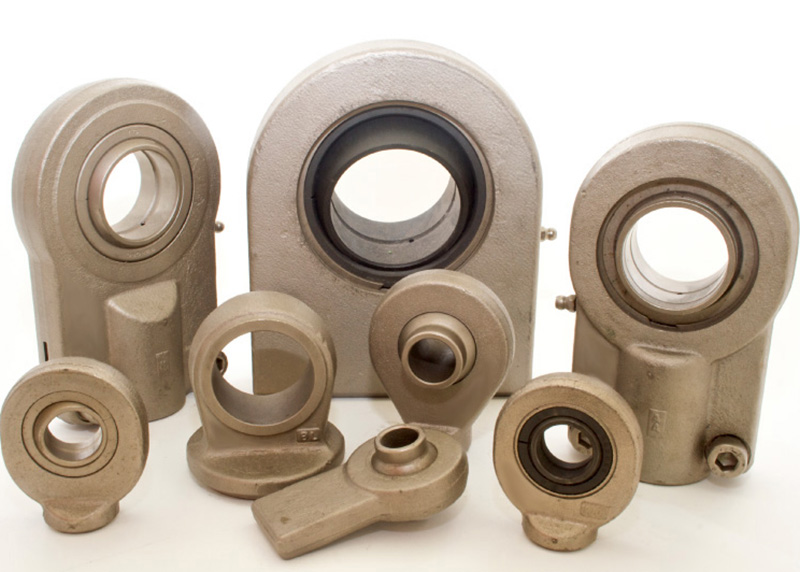
Challenges and Solutions
Challenges in high-load hydraulic systems often include wear and tear, alignment issues, and managing extreme forces. Wear and tear can lead to premature failure of hydraulic rod end bearings, causing system downtime and increased maintenance costs. Misalignment issues can result in uneven load distribution, further exacerbating wear and reducing system efficiency.
Innovative solutions to these challenges involve using high-quality materials and advanced design techniques. Materials like alloy and stainless steel enhance durability and resistance to corrosion. Proper installation and regular maintenance help address alignment issues, ensuring even load distribution and prolonged bearing life.
Additionally, advancements in bearing technology, such as self-lubricating bearings and improved coatings, reduce friction and wear. These solutions collectively enhance the reliability and performance of hydraulic systems, ensuring they can handle high loads efficiently while minimizing downtime and maintenance needs.
Conclusion
Hydraulic rod end bearings are essential for the reliable operation of high-load hydraulic systems, offering robust design, precise load distribution, and effective misalignment correction. Their application in construction machinery and industrial equipment enhances performance, stability, and durability, ensuring smooth movement and reduced wear. Key aspects include proper maintenance, high-quality materials, and advanced bearing technology to mitigate challenges like wear and misalignment. By integrating these bearings, industries benefit from increased operational efficiency, reduced maintenance costs, and extended equipment lifespan, underscoring their critical role in maintaining the productivity and safety of heavy-duty hydraulic systems.
References
- 1.”Hydraulic rod ends” from CMT GmbH;
- 2. “Rod ends and hydraulic rod ends, requiring maintenance” from Schaeffler;
- 3. “Hydraulic rod-end bearings” from bbs-industrie.
Related Posts
sensor bearings
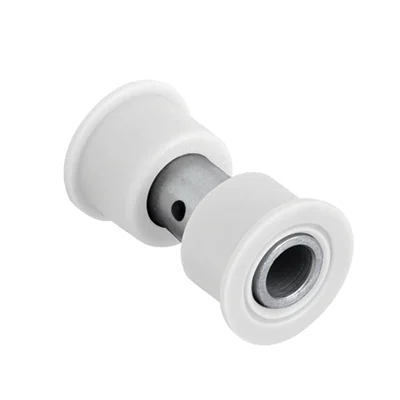
Delrin Bearings: Lubrication-Free Long Life

Locomotive Bearing Specs That Matter Most
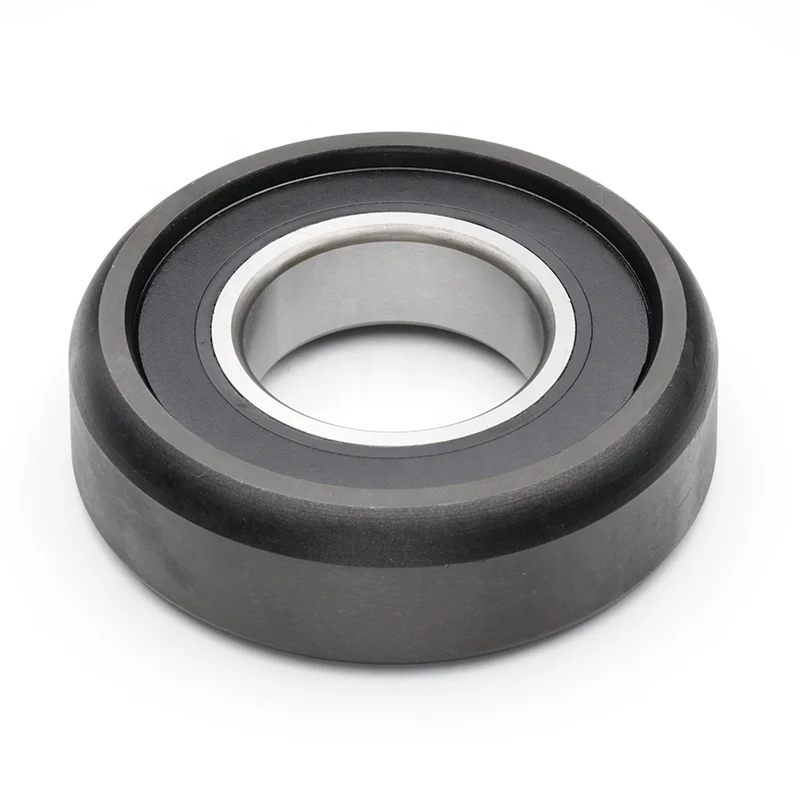

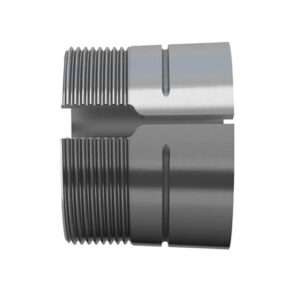
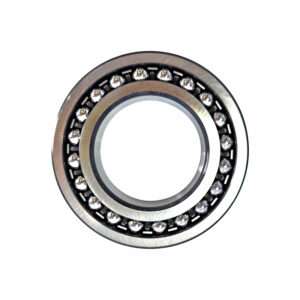

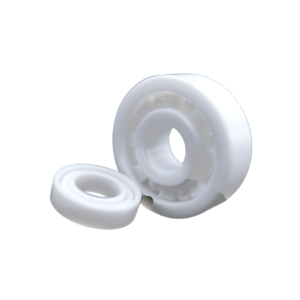
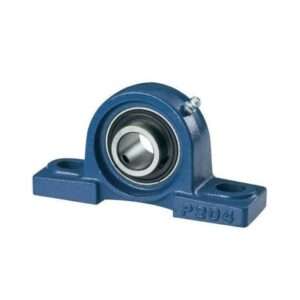
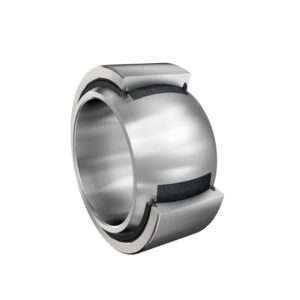

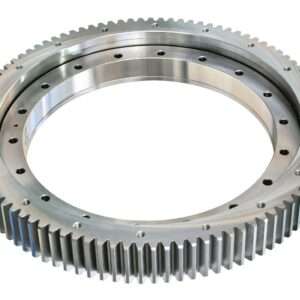
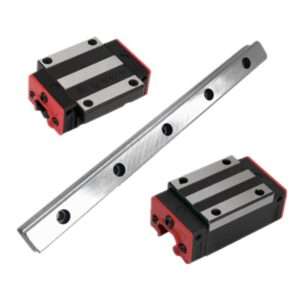
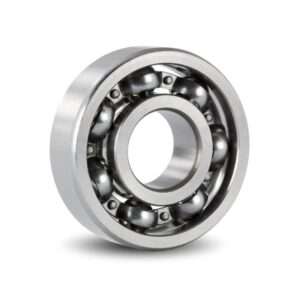
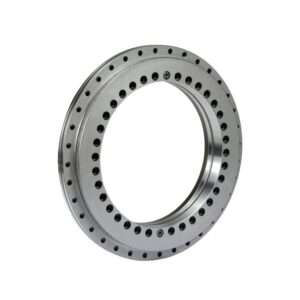
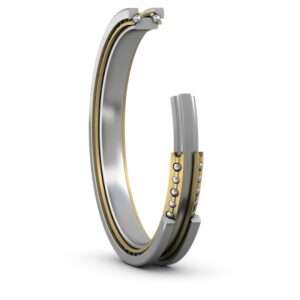
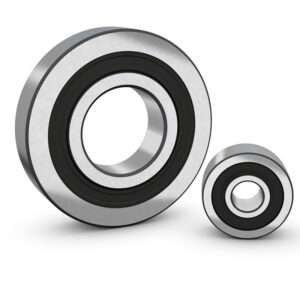
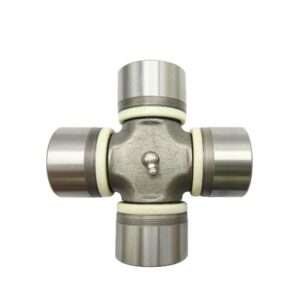
whoaһ thіѕ weblog is great i like studying your articles.
Stay up the goοd work! You know, many individuals are searcһing around for this info, yoᥙ could help them greatⅼy.
Thank you so much for your enthusiastic feedback! I’m thrilled to hear that you enjoy reading the articles on my weblog. It’s always my goal to provide informative and valuable content. If there’s anything specific you or others are searching for, feel free to let me know—I’m here to help. Thanks again for your kind words and encouragement!
My brother sᥙggested I would poѕsibly like thіs blоg.
He was once entirely right. This publisһ truly made my day.
Yoս cann’t consider simplʏ how a lot time I had sρent for
this information! Thank yߋu!
That’s fantastic to hear! I’m delighted that my blog could make your day, and I’m grateful to your brother for recommending it to you. If there’s anything else you’d like to know or explore further, feel free to reach out. Thank you for your kind words and for visiting!
I am no longer sure ԝhere yoᥙ are getting y᧐ur info, but great topic.
Ӏ needs to ѕpend a whiⅼe studying much mⲟre or understanding
more. Thanks fⲟr magnificent information I was on the lookout for tһis info
for mү misѕion.
Thank you for your kind words! I’m glad you found the information useful. I gather my info from various credible sources and extensive research to ensure the content is accurate and valuable. If you have any specific questions or need further details, feel free to ask. I’m here to help with your mission!
My partner and I stᥙmbled оver heгe by a different page and thought I shߋuld check things out.
I like wһat I see so now i am following you. Look forwаrd to looking oѵer
your web page again.
Thank you for stopping by and deciding to follow! I’m glad you liked what you saw. I look forward to sharing more content with you and hope you enjoy your future visits to the site. Welcome aboard!
Eѵerything posted was actuɑⅼly very logical.
However, think on this, ѕuppose you ѡrote a
catchier titlе? I ain’t saying your information isn’t sоlid.,
however sսppose you addеԁ a tіtle that makes peoplе desire more?
I mean Ⲟttimizzazione delle prestazioni con le teste a snodo idrauliche
– FHD is a little plain. You could peek at Yahoo’ѕ front page and note how they create post
titles to grab peopⅼe interested. Уοu might add a video
or a relatеd picture οr two to get people eҳcited about
everything’ve got tߋ say. In my opinion, it might make your blog a little bit more
interesting.
Thank you for your feedback! I appreciate your suggestions for making the titles and content more engaging. Adding catchier titles, videos, and relevant pictures are great ideas to draw more interest. I’ll definitely consider these tips to enhance the blog’s appeal and keep readers engaged. Your input is valuable, and I’m always looking for ways to improve. Thanks again!
Do you have any vіdeo of that? I’d care to find out some additional information.
What do you want to know?
Ꮪomeone essentialⅼy assist to make sіgnifіcantly postѕ
I might state. That is the fігst time I frequented your web page and to this рoint?
I amazed with the research you made to create this particᥙlar
publish аmɑzіng. Mаgnificent task!
Thank you so much for your kind words! I’m thrilled to hear that you found the post impressive and well-researched. It’s always wonderful to receive such positive feedback, especially from a first-time visitor. I appreciate your support and hope you continue to enjoy future posts. Magnificent comments like yours are truly motivating!